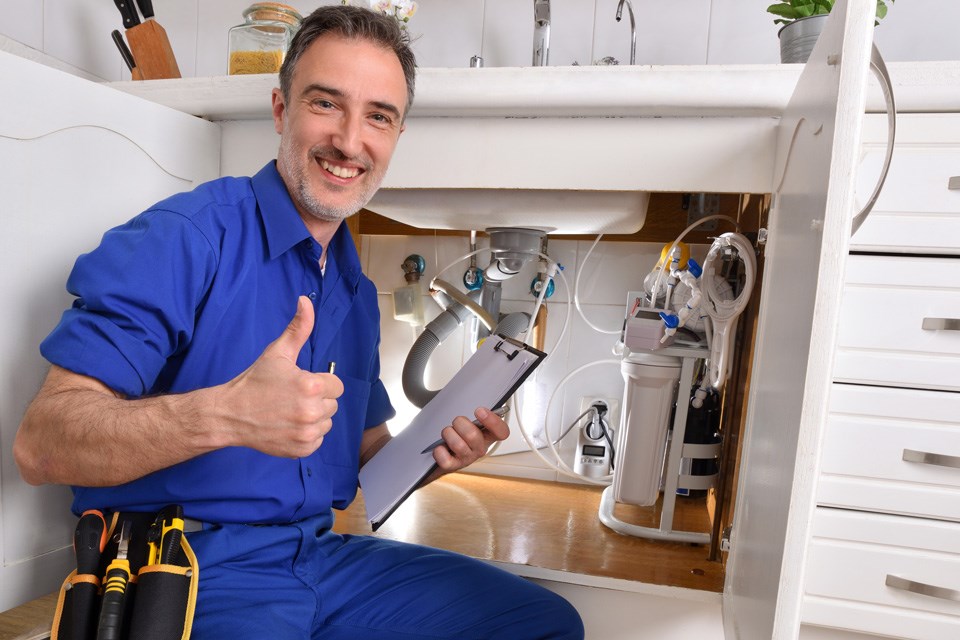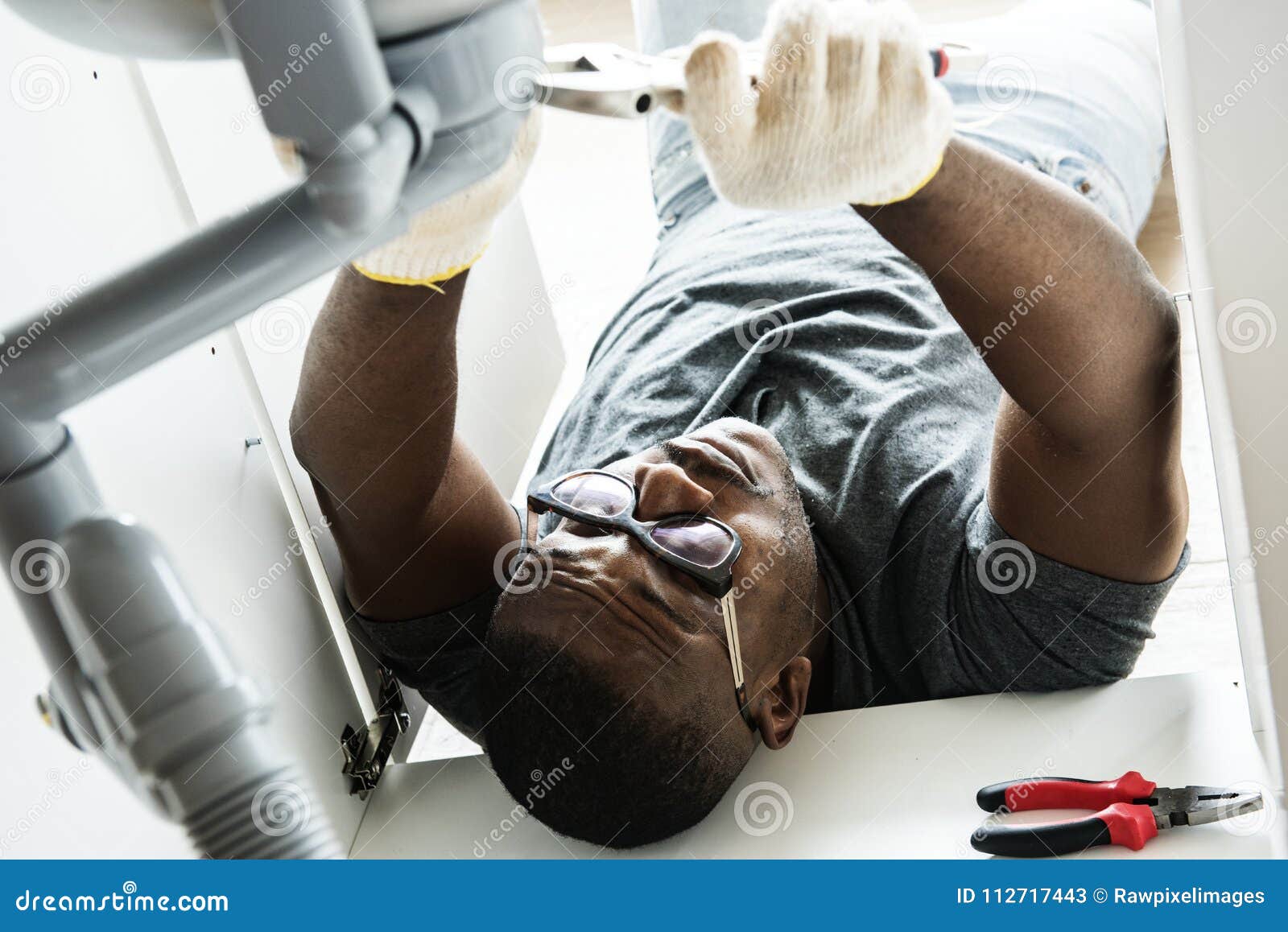Specialist Water Heater Installation Alabaster AL You Can Count On
Specialist Water Heater Installation Alabaster AL You Can Count On
Blog Article
A Step-by-Step Overview to Effective Hot Water Heater Installment for Ideal Performance
Starting the task of mounting a hot water heater is an endeavor that requires accuracy and a methodical approach for accomplishing optimum performance. The process begins with the vital choice of selecting the appropriate heating system tailored to the details requirements of your household, thinking about variables such as size, type, and energy source. Once selected, preparing the installation location to satisfy safety standards is vital. The trip doesn't end right here. As you proceed, the complexities of linking water lines and establishing reliable electric or gas connections await, appealing insights into ensuring efficiency and dependability.
Choosing the Right Hot Water Heater

Next, consider the dimension and ability of the water heater. It's vital to evaluate your house's warm water requirements, which can vary based on the number of residents and their usage patterns. A device that's as well tiny might bring about not enough warm water, while an oversized model might result in unnecessary power consumption.
Efficiency ratings additionally play an essential duty in selection. Search for water heating units with high Power Aspect (EF) rankings, suggesting remarkable performance and reduced energy use. Tankless models, though generally much more expensive in advance, deal substantial energy savings gradually due to their on-demand heating abilities.
Preparing the Installation Location
Prior to mounting a new water heating unit, meticulous preparation of the setup area is necessary. It's crucial to gauge the area very carefully to suit the water heating unit's dimensions, making certain adequate clearance around the unit for reliable operation and servicing.
Check the flooring for stability, as the water heating system will require a solid, level surface to operate efficiently. If needed, mount a drip pan below the unit to capture prospective leaks or spills, preventing water damages to the surrounding area.
Additionally, ensure that all necessary tools and products are on hand prior to beginning the installment. This includes items such as wrenches, screwdrivers, a degree, and any kind of extra equipment needed for mounting and protecting the heating system. A well-prepared setup area sets the structure for a successful hot water heater setup, enhancing efficiency and safety and security.
Connecting Supply Of Water Lines
When connecting water lines to your recently set up hot water heater, it is essential to make sure that all links are leak-free and secure to preserve efficient procedure and stop water damages. Begin by recognizing the chilly and hot supply of water lines. The cold water inlet is normally noted with a blue tag or a "C", while the warm water outlet is noted with a red label or an "H".
Use adaptable hot water heater ports to promote an easier installation process. These connectors can take in resonance and permit minor activity, decreasing the danger of leakages. Before affixing the adapters, position a plumber's tape around the threaded ends of the hot water heater's inlet and electrical outlet pipes - Plumber Alabaster AL. This tape serves as a sealer, stopping leakages. Very carefully link the flexible tubes to the corresponding inlet and outlet, ensuring that they are not over-tightened however limited, which might harm the threads.
As soon as connections are in area, gradually transform on the primary water shutoff. Examine each link for leakages by visually really feeling read the article and checking for wetness. Tighten up connections as necessary, and make sure the pressure relief shutoff is correctly set up, safeguarding against excessive pressure accumulation.
Setting Up Electrical or Gas Connections
Effectively establishing up the electrical or gas connections for your water heating unit is an essential step to make sure effective and secure operation. For electrical water heaters, begin by confirming that the electric circuit is suitable with the heating system's voltage and amperage requirements.
For gas water heaters, security is paramount. Attach the gas line to the water heating system using an adaptable gas port, ensuring it is appropriately threaded and sealed with pipeline joint substance or Teflon tape appropriate for gas links.
As soon as connections are made, check for any type of prospective leakages. For gas lines, use a soapy water solution to the joints; bubbles show a leakage. For electric connections, double-check that all wiring is secure and appropriately protected, preserving conformity with local electrical codes.
Readjusting and examining for Effectiveness
With the electrical and gas connections safely in position, the next step is assessing the operational effectiveness of your hot water heater. Begin by thoroughly switching on the water supply and making sure there are no leakages at any one of the joints or valves. When confirmed, continue to fill up the storage tank, focusing on the stress and temperature level setups. It is suggested to establish the thermostat to a recommended temperature level of around 120 ° F(49 ° C) to stabilize power performance and convenience.
Next, execute a comprehensive inspection to guarantee the heating components or burner are functioning correctly. For electric heating units, use a multimeter to validate if the elements are attracting the appropriate existing. In gas versions, observe the burner flame; it ought to be blue and consistent, suggesting reliable combustion.
Adjust the setups as essential to remove ineffectiveness. Take into consideration applying insulation procedures, such Going Here as including a water heating unit covering, to even more boost performance by minimizing warm loss. Additionally, inspect the anode pole's problem, as additional hints a deteriorated pole can decrease performance and cause storage tank rust.
Verdict
Reliable water heating system installation is crucial for ensuring optimum efficiency and power financial savings. Firmly attaching water supply lines and carefully setting up electric or gas links reduce potential issues.

Properly establishing up the electrical or gas links for your water heating system is an important action to guarantee reliable and secure operation. For electrical water heating units, start by verifying that the electric circuit is compatible with the heating unit's voltage and amperage demands. Attach the gas line to the water heating system using a flexible gas connector, ensuring it is effectively threaded and secured with pipeline joint substance or Teflon tape suitable for gas links.
Report this page